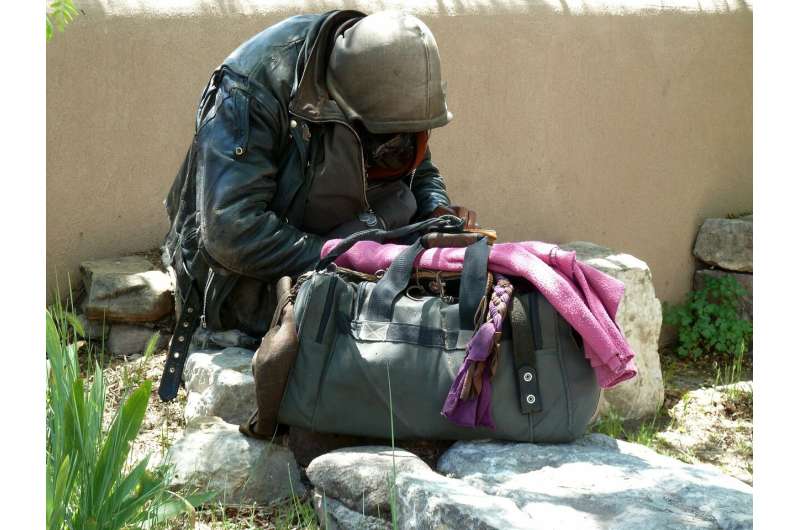Cities can learn from how Los Angeles is starting to address homelessness

Los Angeles became ground zero for America's homelessness crisis after President Donald Trump on Sept. 17.
"We can't let Los Angeles, San Francisco and numerous other cities destroy themselves by allowing what's happening," . They're ruining the "best highways, our best streets, our best entrances to buildings."
While the Trump administration's prioritization of highways and buildings over people is far from heartwarming, he does have a point in highlighting L.A. and its homeless problem—but not for the reasons he thinks.
As an , I've studied the many ways Los Angeles has tried to deal with homelessness on its streets. While some plans have worked better than others, I believe the city's efforts are instructive for policymakers across the country who want to tackle their own homeless problems.
Homelessness in L.A.
The United States' homeless population is concentrated on the West Coast and in the Northeast, with alone.
Coastal cities are especially prone to homelessness because and .
as well. When more than half of a household's monthly income goes to pay rent, there is .
As a result, homeless encampments have cropped up in every part of the city. in the U.S.—those who are on the streets as opposed to in temporary shelters—live in L.A.
Rampant homelessness not only hurts those living on the streets—as seen by —but also harms , including .
What hasn't worked
Many of L.A."s efforts to tackle the problem have actually followed Trump's approach: Treat it as a nuisance and keep it out of sight and away from where people live and work.
In the early 2000s, L.A. officials tried an approach known as the with a focus on Skid Row, an area of downtown L.A. that contains the It was supposed to clean up crime and community disorder by promptly , such as jaywalking or littering.
Later reports showed that it poverty or . It succeeded only in criminalizing homelessness and .
In 2017 the city in residential areas and near schools and parks. And the city council has been debating limits on where people can sleep in the streets, .
The city has also tried to clear out encampments, which over the constitutionality of .
Exploring other options
Some of the city's approaches, however, have focused more on addressing the root causes of homelessness and have the .
known as the Coordinated Entry System has brought together the government, nonprofit groups and private citizens to create a database of homeless people that documents their progress in and out of services.
The initiative also helped match people with available housing resources. It is structured to prioritize the most vulnerable homeless people, such as those with multiple health conditions that may be fatal within a year without intervention.
From 2017 through 2018, homelessness in many areas that used this system.
Additionally, there has been an effort to inform policy decisions by and to address conditions on the streets by working with encampments to . Through a recent sales tax increase, to expanded outreach, housing and other resources.
As a result, there is capacity to reach more people experiencing homelessness. New regulations provide incentives to encourage developers to , and the city plans to put over the next few years. Units will include homes and apartments.
The city has also made a commitment to addressing the role of , bringing together the community, scholars and government representatives to make up but only 9% of the total population in L.A.
Although homelessness remains a serious problem in Los Angeles, the city is starting to take steps to address it based on best practices rather than simply removing the problem from sight.
Provided by The Conversation
This article is republished from under a Creative Commons license. Read the .![]()

















